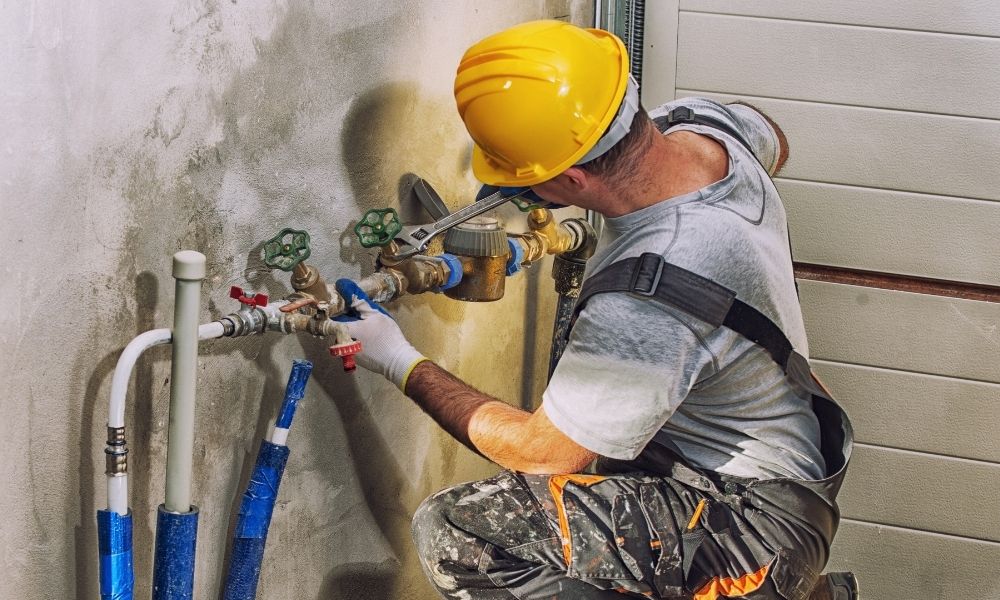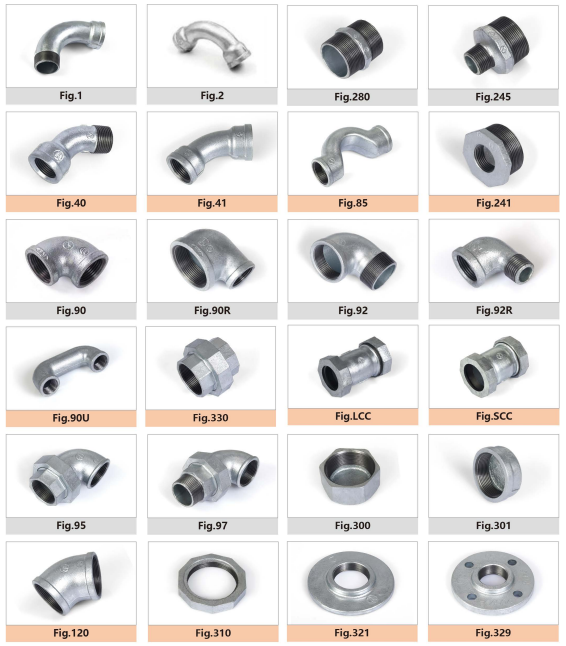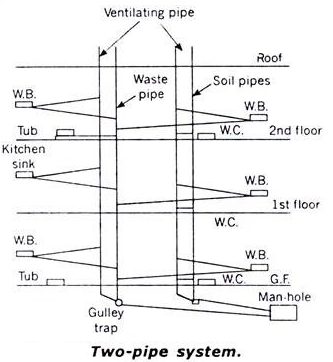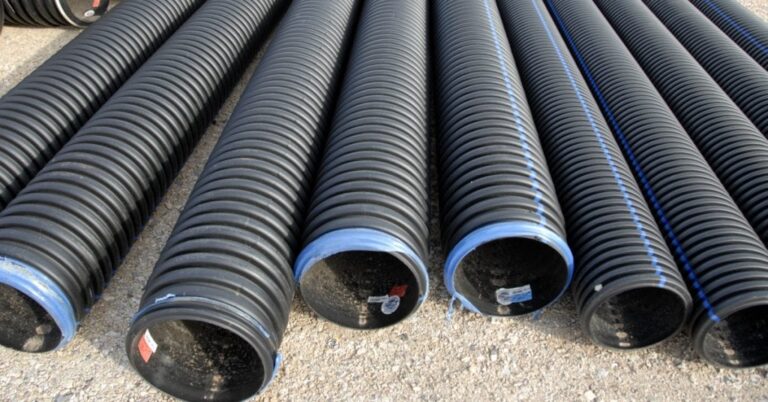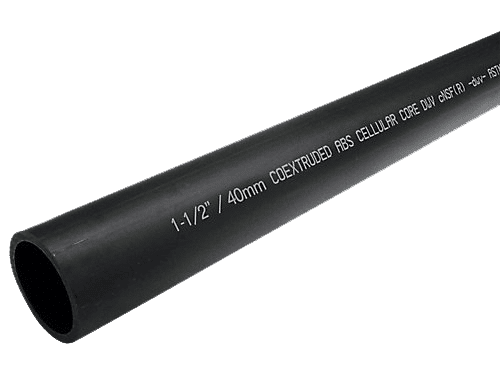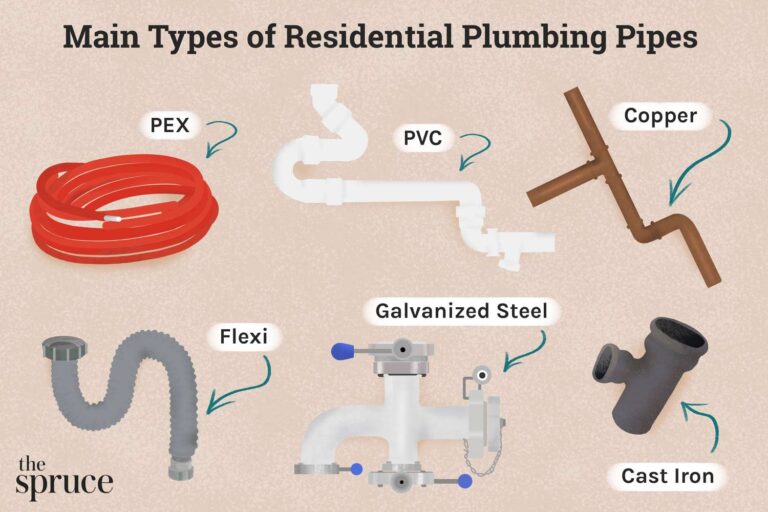What Is Piping In Plumbing?
Piping in plumbing refers to the installation of pipes and other components used to create a plumbing system. It is an essential part of any building’s infrastructure and is used to transport water, gas, and waste materials throughout a building. Piping in plumbing includes the selection of the appropriate piping material, installation of pipes, fittings, valves, and other components, and the connection of these components to water and sewer lines. Proper installation of piping is essential to ensure the safety and longevity of the plumbing system.
Definition of Piping in Plumbing
Piping in plumbing is the system of pipes and fittings used to convey water, gas, and waste throughout a building. It is an integral part of the design and construction of any structure, as it is responsible for providing basic sanitation, heating, ventilation, and cooling to the occupants.
Piping is typically made from various materials such as copper, brass, steel, and plastic. It can be used to connect multiple fixtures, such as sinks, showers, toilets, and appliances. It can be used to transport wastewater and gas from one area to another, and it can also be used to create a watertight seal between pipes and fixtures. It is important to use the right type of piping for the job, as each material has its unique characteristics and benefits.
When installing piping, it is important to consider the type of materials used, the size of the pipes, and the number of bends and fittings needed. It is also important to understand the local building codes and regulations, as these will dictate what type of piping can and cannot be used in a particular area. With the right knowledge and experience, plumbing professionals can ensure that the piping is installed correctly and safely.
Types of Pipe Materials Used in Plumbing
Piping plays an integral role in plumbing systems. It is used to transport water, wastewater, and other fluids from one point to another. But what kind of pipe materials are used in plumbing? Different types of piping materials are available for use in plumbing systems, including copper, PVC, and PEX.
Copper piping is one of the most popular options due to its longevity and durability. Copper pipes are resistant to corrosion and can withstand high temperatures. Copper pipes are also recyclable, making them an eco-friendly choice.
PVC piping is another popular option for plumbing. It is lightweight and flexible, making it easy to install. PVC is also resistant to corrosion and can withstand temperatures up to 140 degrees Fahrenheit.
PEX piping is a newer type of piping that is becoming increasingly popular for plumbing. PEX is made from cross-linked polyethylene and is durable and flexible. It is also resistant to corrosion and can withstand temperatures up to 200 degrees Fahrenheit.
When choosing a piping material for a plumbing system, it is important to consider the type of application, the cost of materials, and the longevity of the system. Each type of material has its advantages and disadvantages, and it is important to research the options to determine which one is best for the plumbing application.
Benefits of Different Types of Pipe Materials
Pipes are a critical component of any plumbing system, and the material they are made from can have a major impact on their performance. Different types of pipes have different properties, and each material has its own set of advantages and disadvantages. While copper is the most popular choice for many plumbing systems, there are other materials available that may offer better performance in certain applications. Here are some of the benefits of the different types of pipe materials available.
PVC is one of the most widely used pipe materials in residential and commercial applications. It is strong, durable, and usually less expensive than other materials. PVC is also resistant to corrosion, easy to install, and is available in a wide variety of sizes.
Copper is the most common material used for water pipes, and it has many advantages. Copper is strong, durable, and resistant to corrosion, and it is easy to install. Copper pipes also transfer heat quickly, which makes them ideal for hot water systems.
PEX is becoming increasingly popular for plumbing systems because of its flexibility and durability. PEX is easier to install than copper or PVC, and it is resistant to corrosion and bursting. It is also available in a variety of sizes, and it is often less expensive than other materials.
Steel pipes are strong and durable and can be used for a variety of applications. Steel pipes are also resistant to corrosion, but they may need to be insulated to prevent heat loss.
Finally, galvanized steel pipes are strong and durable and are available in a variety of sizes. Galvanized steel pipes are often used for outdoor plumbing applications because they are resistant to corrosion and rust.
No matter what type of pipe material you choose for your plumbing system, it is important to consider the advantages and disadvantages of each material. By understanding the benefits and drawbacks of each type of pipe material, you can make an informed decision about which one will best fit your needs.
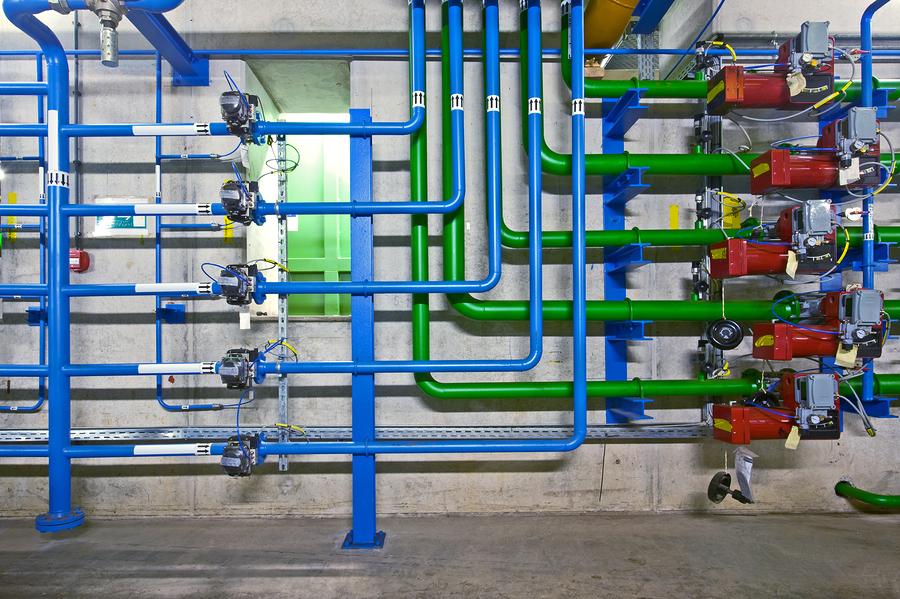
Functionality of Piping in Plumbing Systems
Piping plays a significant role in a plumbing system. It is the primary means of getting water to different areas of a building, and it is the conduit for waste and wastewater to be eliminated. For a plumbing system to work correctly and efficiently, the piping needs to be properly installed and maintained.
Piping comes in a variety of materials, such as copper, plastic, and steel. The type of material used depends on the purpose of the plumbing system. For example, copper piping is often used for hot and cold water, while plastic is generally used for drainage and wastewater. Steel piping is often used for special applications, such as gas lines.
In addition to the material used, the size of the piping is also important. The diameter of the pipe needs to be large enough to accommodate the water flow and pressure. If the piping is too small, it can cause water pressure issues or even lead to clogs.
Piping is also essential for connecting appliances to the plumbing system, such as a dishwasher or washing machine. The installation of the correct size and type of pipe is necessary for the appliance to work properly.
Overall, piping is an important part of a plumbing system. The right type of piping, installed correctly, allows for efficient water flow proper drainage, and wastewater elimination. Without the proper piping, a plumbing system can become inefficient and cause problems that are costly to repair.
Common Issues with Piping in Plumbing Systems
Piping is an essential component of plumbing systems, connecting fixtures, appliances, and drains. Unfortunately, piping can also be a source of plumbing problems when it becomes damaged, obstructed, or otherwise malfunctions. Common issues with piping in plumbing systems include water leaks, blockages, corrosion, and broken joints.
Water leaks are one of the most common issues with piping in plumbing systems, and they can occur due to cracks, loose connections, or deteriorated seals. Blockages caused by foreign objects, dirt, and debris can also cause problems, resulting in poor water pressure and clogged drains. Corrosion is another common issue with pipes, which can reduce water pressure, cause leaks, and lead to health risks due to the presence of lead or other contaminants. Finally, broken joints are another common issue with piping in plumbing systems, which can cause water to leak from the connection and damage other fixtures or appliances.
If you’re experiencing any of these issues with piping in your plumbing system, it’s important to contact a professional plumber for assistance. A plumber can inspect the system and diagnose the issue, then provide an appropriate solution to repair or replace the damaged piping. With prompt attention, you can prevent further damage and ensure the safety and reliability of your plumbing system.
Tips for Maintaining and Installing Piping in Plumbing
Piping is an integral component of any plumbing system. It is used to transport clean water to sinks and appliances, as well as to remove wastewater. Properly installed and maintained piping is essential for a safe and effective plumbing system. Here are some tips for maintaining and installing piping in plumbing:
1. Clean the pipes regularly with a mild detergent and warm water to prevent clogs and blockages.
2. Make sure to use the correct type of pipe for the job. The wrong type of pipe can cause leaks and other issues.
3. Use rubber seals and washers to ensure a tight seal between pipes.
4. Check for corrosion regularly and replace any corroded piping.
5. Properly insulate pipes to prevent freezing in cold weather.
6. Use the correct tools when installing piping.
7. Test the system after installation to ensure there are no leaks.
By following these tips, you can ensure that your piping system is installed correctly and maintained properly. This will help prevent costly repairs, save energy, and provide you with a safe and efficient plumbing system.
FAQs About the What Is Piping In Plumbing?
1. What is the purpose of piping in plumbing?
Piping is used to direct water or other liquids from one source to another. It is also used to connect different types of fixtures, such as sinks, toilets, and showers, to the main water supply line.
2. What types of pipes are used in plumbing?
Pipes used in plumbing can be made out of a variety of materials, including copper, PVC, PEX, and galvanized steel. The type of pipe used is determined by the application and local codes.
3. What are the benefits of using piping in plumbing?
Using piping in plumbing ensures that water is safely and efficiently directed from one source to another. Additionally, piping can help maintain pressure in the system, reduce noise, and provide a uniform appearance to the system.
Conclusion
Piping in plumbing is a necessary component of the plumbing system in any home or building. It is used to transport water from the source to the fixtures in the home or building. Pipes are made up of different materials which provide a variety of benefits to the user. They are used to connect fixtures, control water flow, and provide a secure connection between the source and fixtures. With proper installation and maintenance, pipes can last a long time and provide reliable performance.

